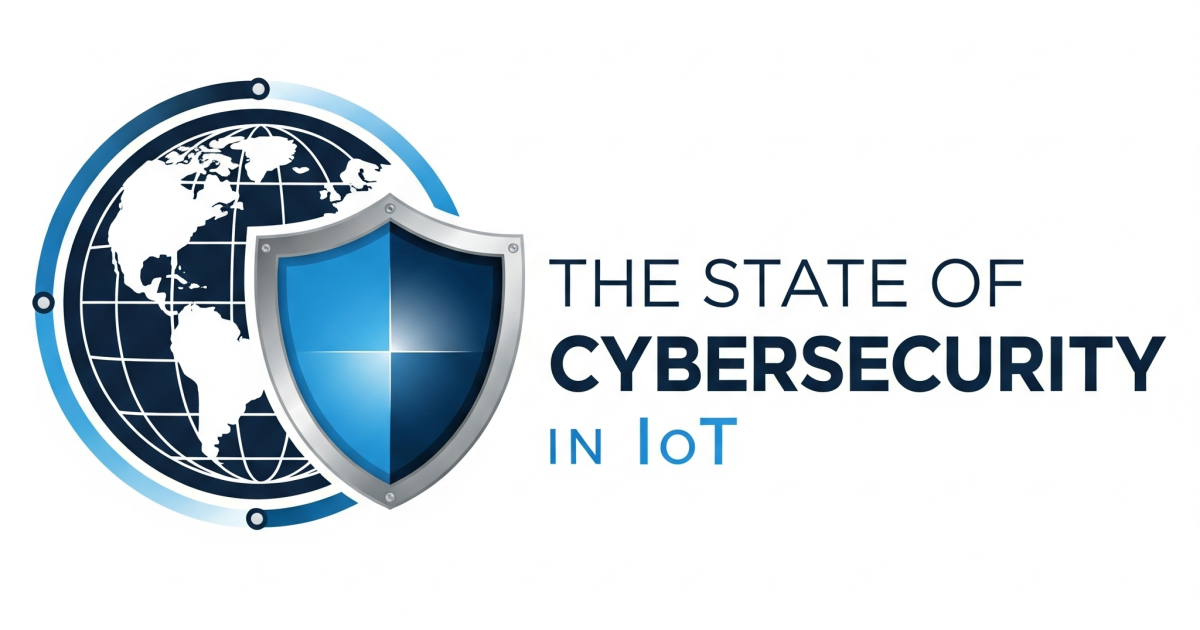
Today, the technology developed to create the so-called “smart cities” can make cities more effective and efficient in the use of resources, a necessity given the projected fast growth in urban populations over the next decades. While the definition of a smart city is still evolving, a few things have become clear. Smart cities can leverage information and communication technologies to enhance service levels, citizen well-being, sustainability, and economic development.
Because of the myriad of benefits smart city technology can offer a city, with about two-thirds of the world’s largest cities having already invested in technology, and many others are considering its implementation. In total, the global smart cities market is expected to grow at a CAGR of around 20 percent over the next five years, making it one of the fastest growing global markets.
One of the major cities that’s already started to dabble in smart city technology is the big apple, New York City itself. The so-called “city that never sleeps” has begun the process into becoming a smart city, as the NYC Mayor’s Office of Technology and Innovation (MOTI) is carrying out ongoing efforts to adopt smart city technology wherever possible.
The measures being taken by the MOTI aim to conserve resources such as energy and water, while reducing the environmental impact of NYC and improving the quality of living for its population, with smart city systems holding benefits for street lighting efficiency, water quality and conservation, waste management and air quality.
To start, lighting upgrades represent a significant area of opportunity in New York City buildings where smart city technology can make a difference. Incandescent and first-generation fluorescent lighting are still common, and lighting controls are rarely used - most lighting systems in large buildings are controlled manually.
Smart controls can reduce lighting power through dimming, and can also reduce the hours of operation through scheduling or occupancy sensing, while LED retrofits reduce lighting power, achieving savings that are directly proportional to the power reduction.
The NYC government is aware of the energy conservation opportunity through lighting upgrades, and in 2013 they launched the Accelerated Conservation and Efficiency (ACE) program. So far, the program has allocated more than $350 million in funding, across more than 650 buildings owned by 16 city agencies. Many of these projects are LED lighting retrofits, and they are saving over $800,000 per year while preventing over 900 metric tons of GHG emissions.
Another benefit smart city tech can offer New York City, is in the betterment of the city's waste management. The NYC sanitation department is the largest in the world, collecting more than 10,500 tons of trash per day. Picking up garbage from the thousands of trash cans and recycling bins can be quite a logistical challenge, as garbage bins can overflow if they are left unattended, but picking up garbage too frequently is a waste of fuel and labor.
However, New York City is currently deploying smart trash cans throughout the city, which bring significant advantages compared with traditional garbage bins. The systems include a trash compactor that runs with solar power, allowing the garbage bin to hold five times more waste than a conventional one.
On top of this, they are equipped with a wireless sensor that monitors trash level, allowing pick-up trips to be scheduled more efficiently. This helps improve trash collection efficiency by 50 percent to 80 percent, and also contributes to emissions control by reducing the time spent by garbage trucks on the road.
Finally, with a population above 8.5 million, New York City uses 1 billion gallons of water each day, which can be made more efficient through the use of smart city technology. So, the NYC Department of Environmental Protection is deploying a large-scale Automated Meter Reading (AMR) system to get a better snapshot of water consumption, while giving customers a useful tool to check their water use each day.
The smart metering system greatly benefits its end users, as small users are notified of their water consumption four times per day, while large users can watch live hourly data. AMR units also integrate with a smartphone application that warns customers of potential water leaks when abnormal spikes in water consumption are detected.
As for the city itself, the benefits are also numerous. AMR units are being installed in more than 800,000 properties, equipped with low-power radio devices that communicate through rooftop-mounted receivers. With this system, the DEP can bill its customers with greater accuracy, as 17 percent of accounts were being billed with estimated data due to the limitations of previous meters, and this has been reduced to less than three percent.
For New York City, and other major cities around the globe, monitoring is the common denominator among smart city systems, because only a proactive system can be considered smart, by solving issues before they materialize generally has a lower cost than fixing the consequences. Monitoring results can also be shared with energy and water consumers so that they can manage their consumption daily, instead of only getting a monthly bill
As the market and want for smart city technology continues to grow, and rapid growth of urban populations proceed as well, more cities around the world will look to take advantage of the numerous benefits associated with the new innovative, intuitive technology. With smart city technology, cities like New York can not only conserve energy, but also improve air and water quality while minimizing water use, as well as leverage a myriad of other benefit to improve the overall quality of life for its citizens.
Edited by
Luke Bellos





